The motor controller is one of the most important components of an electric bicycle or e-bike. It’s an electronic device that manages the operation of an electric motor. It also connects to all other major parts of an e-bike, including the battery, brakes, sensors, throttle, and motor.
The motor controller acts like the brain of the e-bike, controlling the functions of the e-bike’s electrical components. This is why it’s critical to select the ideal motor controller for the application. In this article, we’ll discuss the key specifications of an e-bike motor controller and how to select the right one.
The e-bike motor controller
An e-bike motor controller — also called the electric e-bike controller and electric speed controller — is responsible for managing the critical functions of the bike. It acts as a central hub, which connects the battery, motor, throttle, display, pedal-assist system, sensors, and other electrical components.
The motor controller determines the e-bike’s speed by receiving signals from the throttle or pedal-assist system and controlling the power supplied to the motor. It can also ensure safety by limiting the maximum speed of the e-bike and applying a motor cut-off when the brakes are pressed.
That’s not all! The motor controller also manages additional features like regenerative braking, communication interfaces, display management, and others. The controller is enclosed in a sealed protective case and can be mounted as is or secured within the bike’s frame, depending upon the e-bike’s design.
The role of the motor controller
The motor controller is responsible for managing several critical functions of an e-bike. It receives input from one electrical component of the bike and, based on that input, determines what to return to another component. In this manner, it controls the overall functioning of the e-bike.
The functions an e-bike’s motor controller manages are as follows:
Power regulation: The motor controller accounts for a rider’s input and the chosen level of assistance when determining how much electrical power to give the electric motor. This ensures the motor receives the ideal amount of power for various riding scenarios and degrees of assistance.
Over-voltage and low-voltage protection: The motor controller monitors the battery voltage continuously, protecting the motor from low and over-voltage. It immediately shuts down the motor if the voltage reaches full charge or drops below a set threshold.
Speed control: The motor controller controls the e-bike’s speed by interpreting signals from pedal-assist sensors, throttle, or other speed sensors. It maintains a consistent bike speed based on a rider’s input and her chosen assistance level.
Direction control: The motor controller manages the direction of the electric motor, allowing the e-bike to move forward or backward.
Battery management: The motor controller monitors the battery’s charge level, guarding against situations that can shorten its life, such as deep discharging or overcharging. The controller optimizes energy efficiency by managing the power flow to and from the battery.
Over-current protection: The controller lowers the current flow to the motor if it draws more energy. The controller protects the field-effect transistor (FET) and the motor windings.
Sensor integration: The motor controller connects with various sensors on the e-bike, such as the pedal, speed, torque sensors, etc. To provide a smooth and responsive riding experience, it evaluates sensor data and modifies the motor’s performance in real time.
User interface: The motor controller manages an e-bike’s user interface — where riders can adjust settings and store data (like speed, battery life, and distance traveled).
Communication interfaces: The motor controller manages communication interfaces like USB or Bluetooth for firmware updates, customization, and integration with external devices or applications.
Thermal management: The motor controller monitors the motor’s temperature to prevent overheating. It implements thermal protection measures like reducing power output should the temperature get too high.
Fault detection and protection: The motor controller recognizes and reacts to malfunctions or defects in the system, putting safety measures in place to shield the motor, controller, or other parts of the e-bike from fault or damage.
Regenerative braking: When braking, the electric motor functions as a generator to transform kinetic energy into electrical energy, which is subsequently redirected into the battery.
Types of e-bike motor controller
There are several types of e-bike controllers, depending on the bike and its motor and other features (such as regenerative braking).
Here are a few of the available motor controllers for e-bikes:
Pedal-assist (PAS) controllers: These controllers assist with pedal sensors based on a rider’s pedaling input. Riders may select from various levels, depending on the type of support they’d like when riding.
Throttle-based controllers: These controllers let riders directly regulate an e-bike’s motor power and speed by hand-tightening a throttle that resembles a motorbike. This provides a more direct control method, allowing users to adjust the bike’s speed without pedaling.
Combined PAS and throttle controllers: Some e-bike systems come with throttle and pedal-assist controls, giving riders a choice of how they’d like to operate the e-bike.
Torque sensor controllers: These controllers calculate the force delivered to the pedals and offer assistance based on a rider’s exertion. By modifying assistance levels in response to the rider’s pedaling efforts, torque sensor controllers provide a more responsive and natural riding experience.
Mid-drive controllers: These controllers are mounted on the middle of an e-bike’s bottom bracket and distribute power effectively. They can handle various terrains while maintaining balance.
Hub motor controllers: These controllers are for e-bikes with hub motors built into the wheel (front or rear). They regulate the bike’s torque, speed, and power supply to the hub motor.
The following motor controllers may be used based on the e-bike’s motor.
Brushed dc motor controllers: These controllers have a connection and permanent magnets. They require a set of keys to alter the current going to the engine and are easy to operate. Most e-mobility options use brushed motor controllers, such as pedelecs, e-bikes, scooters, electric bicycles, and other light EVs.
Brushless dc motor controllers: BLDC motors are most commonly used in e-bikes. These motors are permanent magnet brushless designs. Typically, they’re reliable, efficient, and easy to operate and service. There are phases controlled by a set of keys in the set of six. At least two transistors (key/MOSFET) per phase are included with brushless controllers. Some BLDC controllers also come with hall sensors, which provide feedback on the rotor’s position to control the commutation sequence. A BLDC motor relies on the precise timing of current pulses in the motor windings to generate continuous rotation. The hall sensors aid in determining when to switch the current in the motor windings.
Other types of motor controllers available for e-bikes are as follows.
High-torque controllers: These controllers produce higher torque and are ideal for applications requiring more power, including freight or off-road e-bikes.
Smart controllers: Bluetooth and Wi-Fi connectivity are examples of built-in connectivity options that come in smart controllers. They enable users to link with a smartphone app for monitoring, customization, and more functions.
Firmware-programmable controllers: Sophisticated controllers allow users to customize performance factors like acceleration, peak speed, and other aspects by updating the firmware.
Regenerative braking controllers: These controllers transform kinetic energy into electrical energy during braking, improving energy economy and prolonging battery life.
Motor controller specifications
These are the important technical specifications of an e-bike motor controller.
- Voltage rating: This indicates the voltage range the controller can handle. It must match the voltage of the e-bike battery.
- Current rating: This indicates the maximum current the controller can handle. It’s crucial for determining the power output and compatibility with the e-bike motor.
- Power rating: This is determined by multiplying the voltage and current ratings. It represents the maximum power the controller can deliver to the motor.
- Type of motor: This indicates the type of motor the controller is designed (i.e., for a BLDC or brushed dc motor).
- Operating modes: This indicates the available operating modes, such as pedal-assist, throttle-only, or a combination of both.
- Control method: This is the control strategy the controller uses, such as pulse width modulation (PWM), Field-oriented control (FOC), or other control algorithms.
- Efficiency: This specifies the controller’s efficiency (i.e., how well it converts electrical power from the battery into mechanical energy at the motor).
- Temperature range: The operating temperature range within which the controller can function properly.
- Size and weight: The physical dimensions and weight of the controller are essential for its integration into the e-bike frame.
- Certifications: These indicate whether the controller complies with industry standards or certifications, ensuring its safety and performance.
- Protection features: The protection mechanisms, such as over-temperature protection, over-current protection, and short circuit protection, are important for ensuring the safety and durability of the controller.
- Regenerative braking: This indicates whether the controller supports regenerative braking, allowing the motor to act as a generator during braking to recharge the battery.
- Communication interfaces: This specifies any communication interfaces, such as Bluetooth or USB, that allow firmware updates, customization, or connectivity with external devices.
- User interface: It indicates the interface through which the rider can interact with the controller, whether it’s a display, buttons, or a smartphone app.
- Pedal-assist sensor compatibility: It should indicate compatibility with different pedal sensors, such as cadence or torque sensors.
- Throttle type: It indicates the type of throttle the controller supports, including twist grip, thumb throttle, or other variations.
How to choose an e-bike motor controller
The first thing to consider when choosing an e-bike motor controller is its voltage and current rating. The voltage rating must match the motor voltage. The controller power rating is the voltage rating multiplied by the current rating. The power rating should be slightly higher than the motor power.
If the controller is programmable, the controller’s voltage should match both the motor and the battery. The power can be limited in programmable controllers.
The current rating of the controller is its maximum phase current, which should be less than the battery’s output current. So, you’ll need to see the maximum current rating of the motor controller. Generally, 15-MOSFET controllers are 40A rated, 9-MOSFET controllers are 25A rated, and 6-MOSFET controllers are 18A rated.
The motor will heat up more and more if the controller delivers more current than it can handle. The varnish coating on the wires loses its quality as the motor overheats. It causes a short circuit, which causes the motor to heat up quickly and harm the windings.
Next, check whether the controller’s driving type is square or sine-wave type. Sine waves have lower noise, increasing efficiency when traveling uphill or carting heavy objects on the bike. These controllers offer more consistent and seamless management of overall operations. However, sine waves are more costly and require more power. They’re also limited to using matching motors for operation.
Square wave controllers are more affordable and can function with different motors. They’re efficient in acceleration and braking but generate more noise and have somewhat punchy or unbalanced control. They’re also not as efficient or smooth at uphill travel or with too much added weight on the e-bike.
Hall sensor also makes a significant difference when used with BLDC motor controllers. These controllers offer a dual-mode on e-bikes. The motor’s hall sensor detects rotation, and the controller produces a voltage in response to sensor inputs. With more torque on acceleration and less power consumption, this motor controller is typically more reliable.
Apart from the electrical specifications, the size and weight of the motor controller are important considerations and should match the e-bike’s design. Also, when choosing a motor controller, features like regenerative braking, over-temperature protection, over-current protection, and short-circuit protection should also be considered.
Other controller considerations relate to an e-bike’s user interface options, communication interfaces, throttle type, and compatibility with pedal sensors. The type of motor supported by the controller, current-voltage rating, size and weight of the controller, and additional features are usually proportional to the cost. So, a motor controller within the desired budget with optimum features must be selected.
Conclusion
An e-bike’s motor controller is its most crucial component. Motor controllers are available in several types and configurations and should match the e-bike’s design, motor, battery, voltage-current rating, driving type, and operating modes.
You may also like:
Filed Under: Tech Articles


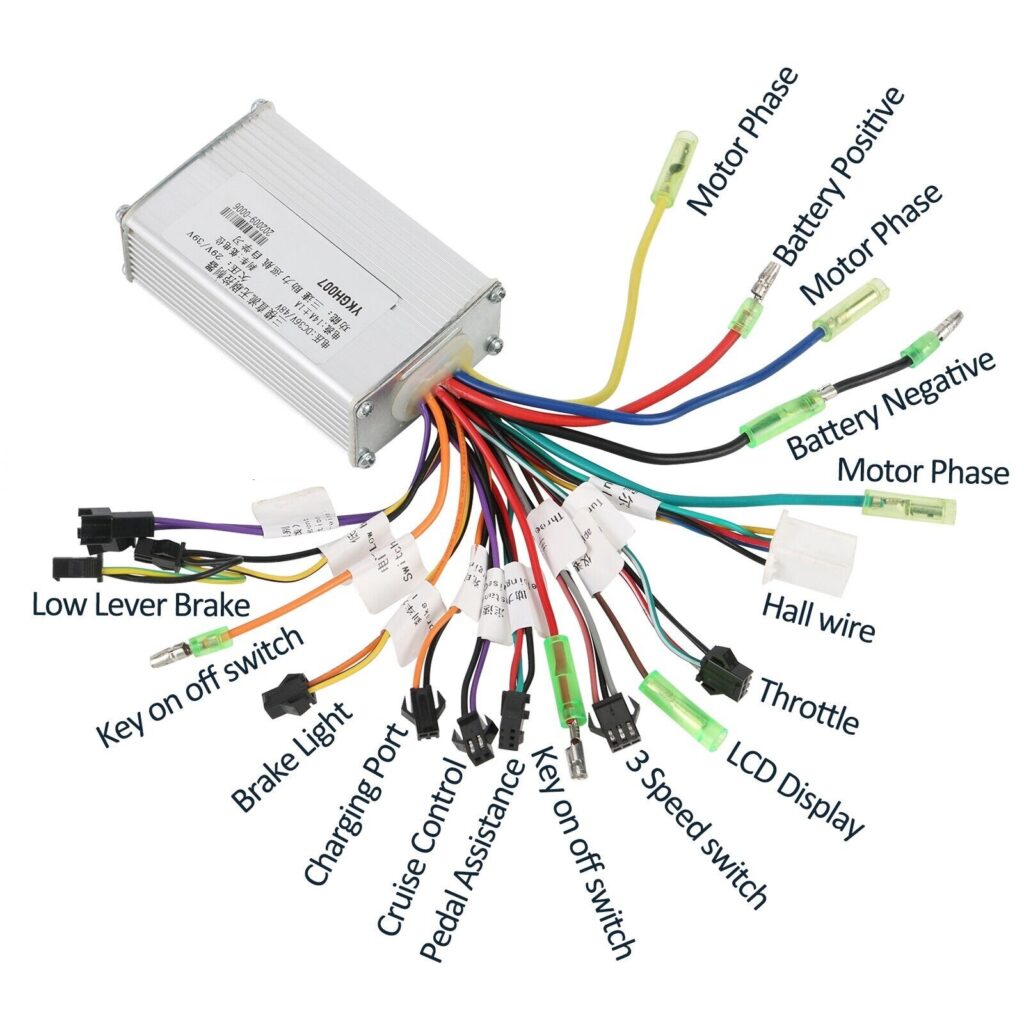
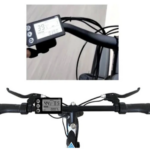
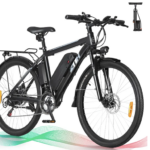
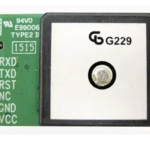
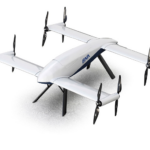
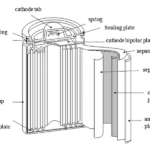
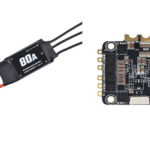
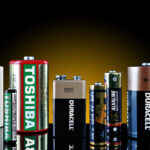

Questions related to this article?
👉Ask and discuss on Electro-Tech-Online.com and EDAboard.com forums.
Tell Us What You Think!!
You must be logged in to post a comment.